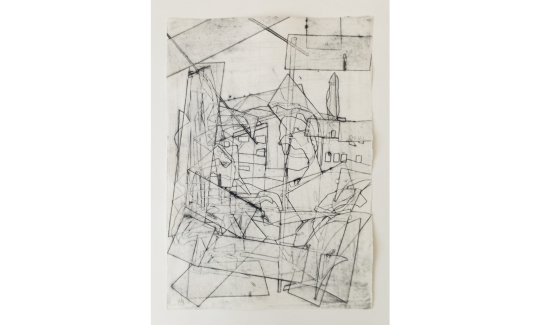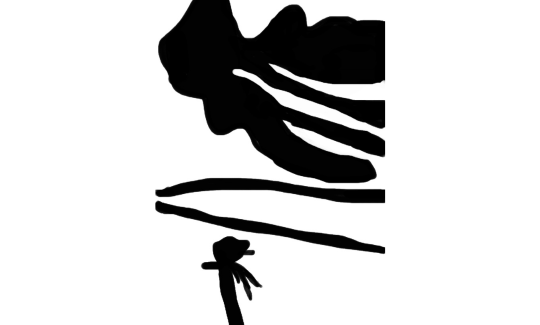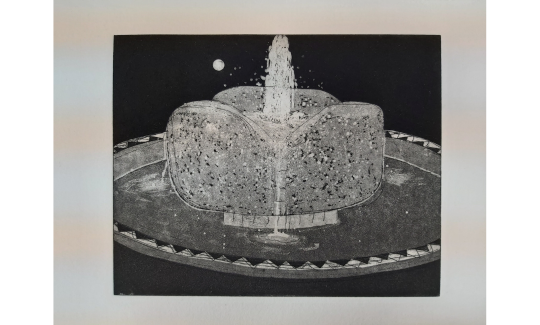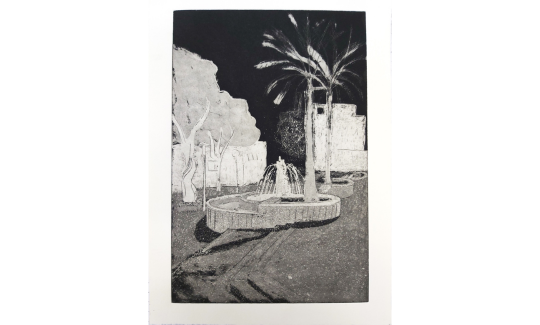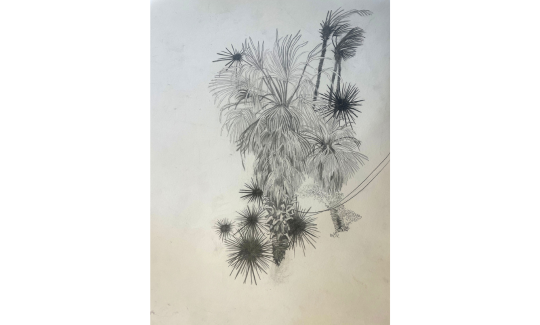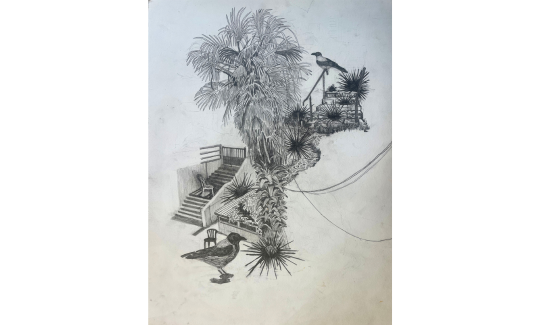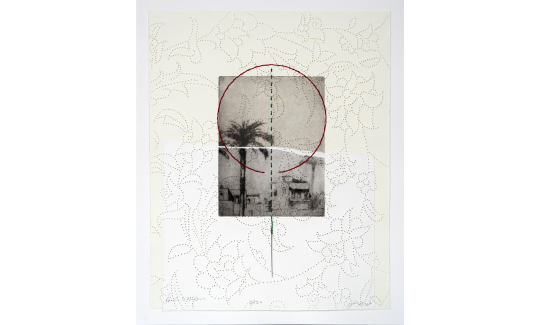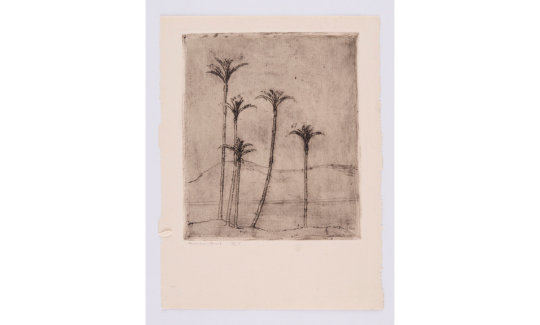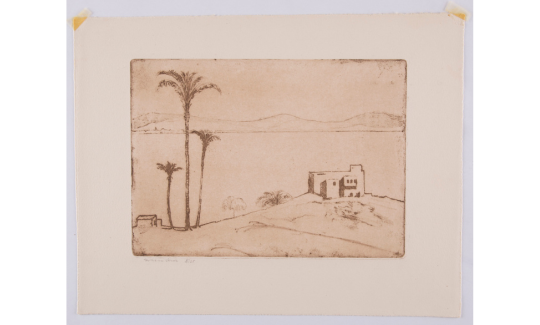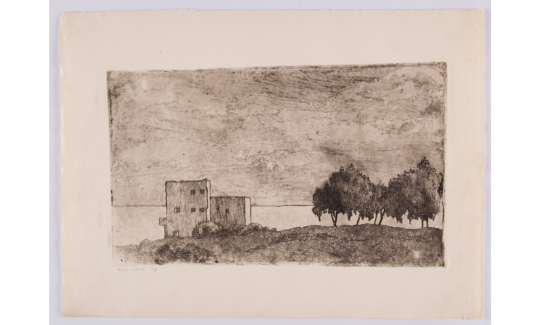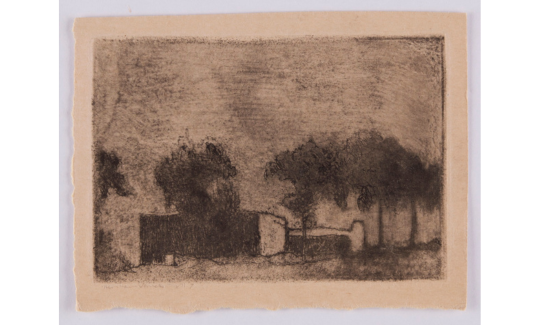In the Shade of the Date Palm: Contemporary Print with a Haifa Perspective
Now in the museum
Thursday, 30.05.24, 19:00
Tuesday, 20.05.25
Curators:
Ruth Oppenheim and Dana Nitzani
Curatorial Advisor:
Production Assistant:
Efrat Rakefet Weinstein
More info:
046030800In the Shade of the Date Palm: Contemporary Print with a Haifa Perspective
Centenary of the Hermann Struck Museum
What did Haifa look like a hundred years ago? What changes have prints undergone since then?
This exhibition – “In the Shade of the Date Palm” – invites the visitor to contemplate two points in time: Haifa as viewed by the artist Hermann Struck a century ago, and modern Haifa as it appears in the works of artists striving to answer these questions in their contemporary prints.
Hermann Struck was a portrait and landscape artist. Many of his works in the museum collection capture Haifa in the early 20th century, with the orientation consistently to the north. A number of those selected for this exhibition reflect Struck’s unique perception of the view as seen from the city. Many are characterized by the lack of detail and emptiness of the landscape, but we cannot determine whether that was indeed the way things looked, or just the way that Struck deliberately and meticulously chose to present his subjects. Thus the line of Haifa Bay and up the coast to Rosh Hanikra is strikingly clear, a shoreline with few buildings but many date palms. The palms appear time and time again in Struck’s prints, endowing his delicate work with an exotic hue. What emerges is a European newcomer’s study of a Mediterranean coastal region, with its distinctive shoreline and sky.
The artists - Nivi Alroy, Einat Amir, Talia Benabu, Mor Riemer, Ayala Netzer and Farid Abu Shakra – were invited to study Struck’s Haifa prints and create new artworks to probe the landscapes of the contemporary city. The artists’ creative starting point is the sparseness of Struck’s panoramas and his depiction of palm trees, but their fresh perspective bridges the gap between old and new. The works in the exhibition offer a variety of contemporary interpretations of the Haifa landscape, using state-of-the-art print techniques that challenge the more traditional ones.
The new works suggest different, fascinating angles for relating to the Haifa landscape: “cleaning up” today’s city and restoring something of its lost uncrowded character; a print that uses masking tape to describe views of the port and the Hadar neighborhood; wallpaper with digital illustrations; description of the plant life around the museum; tearing and reassembling Struck’s prints; and a different view of the city, from the sea toward the mountain. In these various ways, the works in the exhibition engage the visitor with a range of expression in a time dimension: changes that have taken place, and a simultaneous view of what once was and what exists today.




